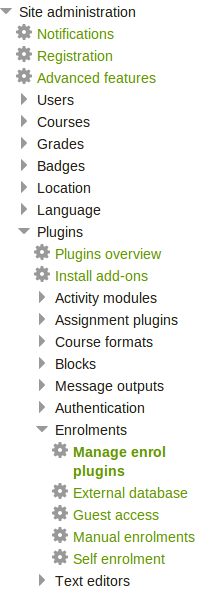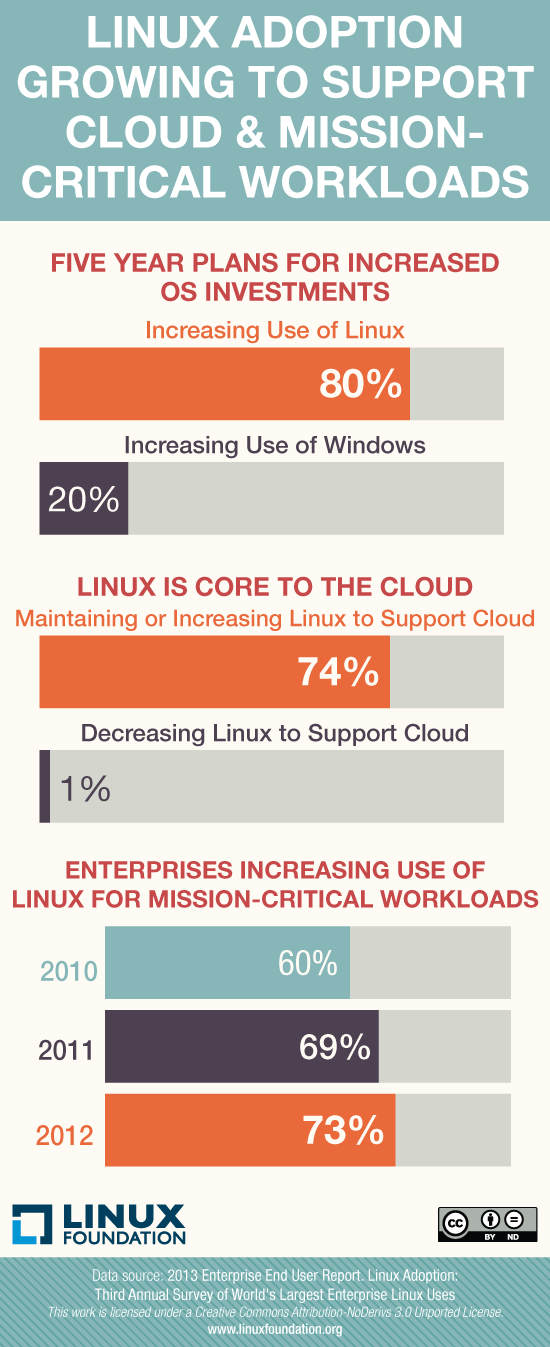I list here some of the error occur when I use commands tool to manipulate the M$ Active Directory instead of using GUI. #1 : Directory object not found.:The object was created successfully but there was an error during post create operations.: - Solution: check the command which will be executed (e.g.: output using python print built-in function...). It mostly caused by the DN parameter of your command has not been configured or created. Example: dsadd user "CN=Super\, Genius99,OU=2099 Class Users,OU=Students,DC=MYSCHOOL,DC=ORG" -samid supergenius99 -upn supergenius99@myschool.org -pwd 126428 -fn Super -ln Genius -display "Super, Genius" -desc "Student 2099" -office 700004 -emailsuper99@myschool.org -memberof "CN=2099 Class,OU=Student Groups,OU=Students,DC=MYSCHOOL,DC=ORG" "CN=Students,OU=Student Groups,OU=Students,DC=MYSCHOOL,DC=ORG" -mustchpwd no -disabled no All the DNs: + " OU=2099 Class Users,OU=Students,DC=MYSCHO








